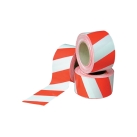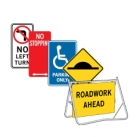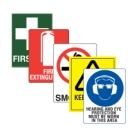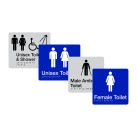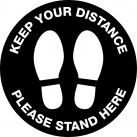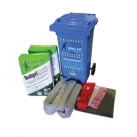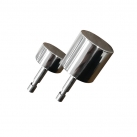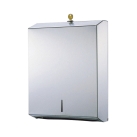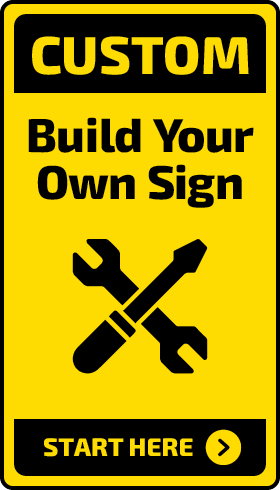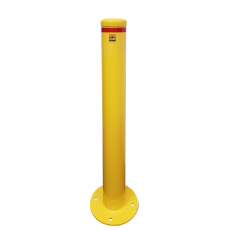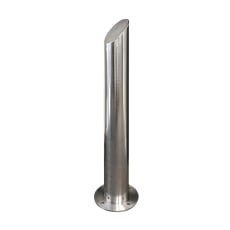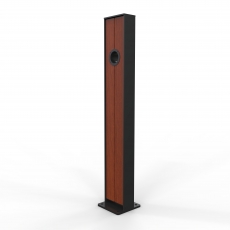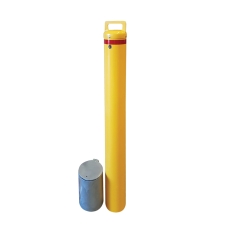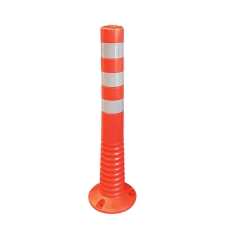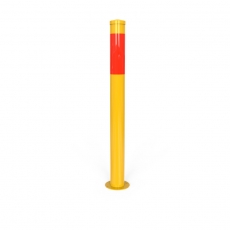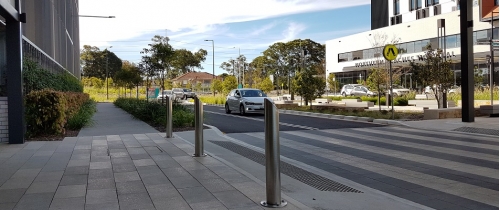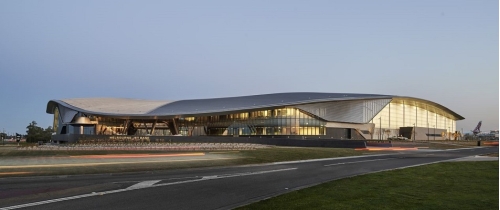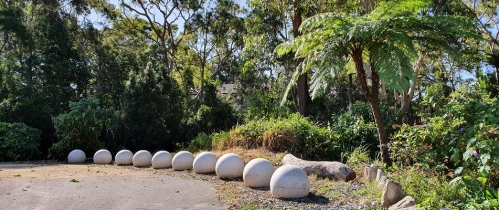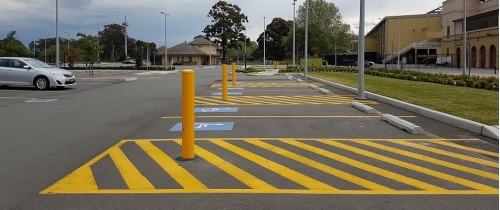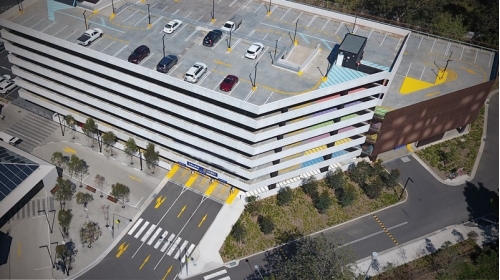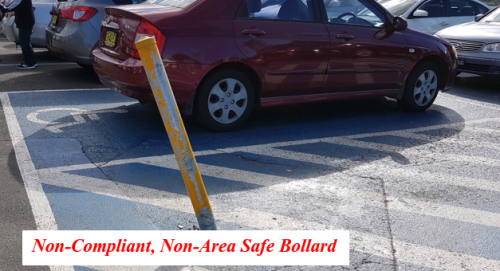Bollards
Frequently Asked Questions
The basic and most common form of bollards are Parking Bollards, these which are used to distinguish disabled shared zones, serve as protection between pedestrians and vehicle driveways, loading docks, stairs or ramps, keep emergency doorways, fire hydrants, trolley bays etc clear from obstruction externally, and more!
Steel bollards are typically used in warehouses and factories providing the ultimate protection through the adequate wall thickness of the bollards.
Removable bollards are used when wanting to secure and protect driveways, footpaths, garage, and factory doors from vehicle access at selected times. This is achieved through their easy removal using a key or padlock mechanism, with storage sleeves available for secure storage.
The application of impact recovery bollards is used when there is the possibility that vehicles may drive over or may occur slight impact in traffic or construction areas.
Although stainless steel bollards are used as a protection of assets, they are primarily chosen for their pleasant aesthetic appeal at the entrance of train stations, airports, shopping centres, hotels, schools, universities, stadiums, and any other public facilities.
Concrete bollards are large concrete objects that are commonly used as anti-terror or anti-ram-raid property protection. In shapes consisting of cubes, spheres logs and more they can be placed around the entrance of councils, public parks, shared eating areas or even recreational spaces.
For a stronger application, an in-ground bollard can be used you will need to core drill a hole into the concrete. If it is into bitumen the bitumen layer will need to be removed using a road saw or masonry grinding disk and a hole of 400x400x400mm will need to be dug or as per specifications. The hole needs to be slightly larger, approximately 10mm larger than the diameter of the bollard. Fill the hole half-way before placing your bollard in with great support when pushing the bollard and remaining concrete till it is flush with the surface of bitumen or concrete.
In addition to concrete and bitumen application, it is also possible to install bollards into soft ground such as dirt. You are required to dig a hole approximately 400x400x400mm or 400mm round. Place the bollard in the hole and fill with concrete until it is flush with the surface. It is important that the bollard is kept a little above the ground in the hole to ensure that concrete can go under and fill up the inside of the bollard underneath for extra stability and support. It is crucial that a level is always used with this application to ensure your bollard is straight and upright once the concrete has dried. We recommend at least 300mm of the bollard should be below the ground level but for larger diameter bollards i.e. 140mm plus, it should be 400mm or more.
Surface Mounted Bollard
- Clean the area where the bollard is going to be installed
- Mark out the bollards positioning according to site requirements, consultants’ specifications, or at the discretion of the customers own risk analysis
- Move the bollard and drill the holes marked from the base plate Ø12m
- Extract dust from holes and clean area
- Position the base plate bollards accurately and fasten with washers and appropriate dyna bolts
In-Ground Bollard
- Clean the area where the bollard is going to be installed
- Mark out the bollards positioning according to site requirements, consultants’ specifications, or at the discretion of the customers own risk analysis
- Core drill a hole in the concrete, approximately 10mm larger than the diameter of the bollard being installed
- Fill the hole half-way with grout and push the bollard in, finishing with more grout until flush with the concrete slab
- Clean area and ensuring there are no concrete splatter or grout on the bollard
It should also be noted that when filling a bollard from the top with the cap removed, the diameter of the bollard may expand, and you will be unable to re-place the cap on-top of the bollard. To ensure this isn’t an issue, it is recommended that with in-ground bollards, they are concrete filled upside down, left to dry, then installed.
From The Blog
Video Gallery
What makes our premium bollards the right choice?
Area Safe steel bollards are essential for separating pedestrians from vehicles and for protecting property. Bollards are a legal requirement for accessible parking shared zones and for preventing obstruction of fire egress doors. Standard powder coat colour is safety yellow - other colours made to order (please enquire).
- Optional chain rings available.
- Standard colour is safety yellow.
- Other colours available - POA.
- Custom bollards - POA.
| Area Safe Premium bollards | Alternative Bollards |
|---|---|
|
Galvanised Pressure Fit
Cap Powdercoated Yellow 1
|
Mild Steel, Loose Cup
|
|
25mm Red Reflective
Strip - Class 1 Reflective 2
|
No Reflective
|
|
Premium Powdercoated
Safety Yellow, Gloss 3
|
Rough Finish Powdercoat
|
|
Hot Dip Galvanised
4
|
No Galvanising, Mild Steel
|
|
Blasted Alloy Steel
5
|
Mild Steel, Corrosive
|
|
5mm Heavy Wall
6
|
3mm Lightweight Wall
|
|
Continuous post avoids
base plate warping 7
|
Warped Base Plate, weaker
construction |
|
Laser Cut Base Plate,
Opening & Fixing Holes 8
|
Inconsistent Hole Sizes
& Positions |
|
300mm Diameter,
10mm Thick Base Plate 9
|
3mm-6mm Lightweight
Base Plate |
|
Neat and Strong
3mm CFW Electronic Weld 10
|
Manual Welds, with splatter
|
Bollards are an essential part of urban infrastructure in cities such as Sydney and Melbourne. A bollard is a vertical post or pillar that can be made of different materials such as steel, concrete, or plastic. Bollards are used in various applications to control vehicle traffic, enhance pedestrian safety, and protect buildings and infrastructure.
In cities like Sydney and Melbourne, bollards are used extensively in different contexts. One of the primary uses of bollards is to control traffic flow, particularly in pedestrian areas, such as malls, parks, and other public spaces. In such areas, bollards are used to direct the movement of vehicles, prevent unauthorized access by cars, and create safe and secure pedestrian zones.
Another application of bollards is in protecting buildings and infrastructure from damage by vehicles. For instance, bollards can be placed in front of buildings, ATMs, bus shelters, and other structures to prevent cars from crashing into them. This is particularly important in high-traffic areas, where vehicles are more likely to collide with buildings and infrastructure.
Bollards can also be used in cities to create visual and aesthetic interest. Decorative bollards can be used to enhance the look and feel of public spaces, such as parks, malls, and plazas. These bollards can be customized with different colors, shapes, and designs to complement the surroundings and add to the ambiance of the area.
In Sydney, bollards are used extensively in various locations, such as commercial properties, public spaces, and high-security areas. For instance, bollards can be seen outside government buildings, hotels, and airports. They are also used in parking lots to prevent cars from hitting pedestrians and other vehicles.
In Melbourne, bollards are also used widely in different contexts. They can be found in areas such as hospitals, train stations, and tourist destinations. For instance, bollards can be seen outside Melbourne Cricket Ground, the Melbourne Museum, and other cultural institutions.
At our business, we provide a wide range of bollards to meet the diverse needs of our clients. Our bollards are made of high-quality materials and are designed to meet the safety and regulatory standards required in Sydney and Melbourne. We offer fixed bollards, removable bollards, retractable bollards, and decorative bollards to suit different requirements.
Fixed bollards are a popular choice for high-security areas where maximum stability and strength are required. These bollards are made of steel or concrete and are anchored securely to the ground. Removable bollards are designed for areas where temporary access is required, such as construction sites, events, and emergency situations. Retractable bollards are used in areas that require both flexibility and security. These bollards can be raised or lowered to allow or block access as needed.
Decorative bollards can be used to enhance the visual appeal of public spaces and complement the surrounding architecture. These bollards are available in different colors, shapes, and designs to suit different contexts and themes.
In conclusion, bollards are an essential part of urban infrastructure in cities such as Sydney and Melbourne. They are used in different applications to control traffic flow, protect buildings and infrastructure, and enhance the aesthetic appeal of public spaces. At our business, we offer a range of bollards to suit different requirements and are committed to providing high-quality bollards that meet safety and regulatory standards.

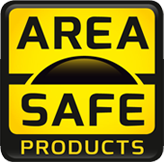
 Speed of Service
Speed of Service Easy Systems
Easy Systems Product Designs & Developers
Product Designs & Developers Car Park Protection
Car Park Protection 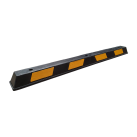
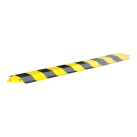


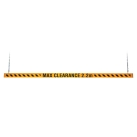
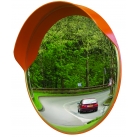
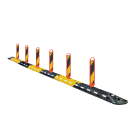
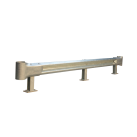
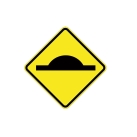
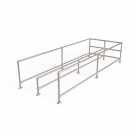
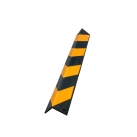
 Industrial Safety
Industrial Safety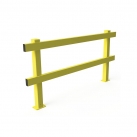
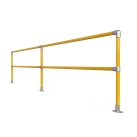


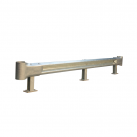
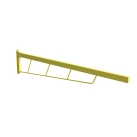
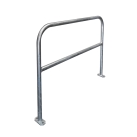
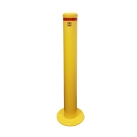
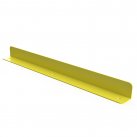

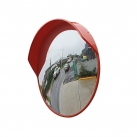
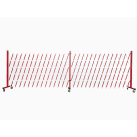
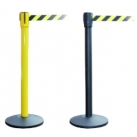
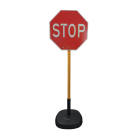
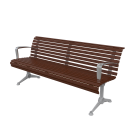 Urban Furniture
Urban Furniture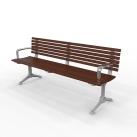
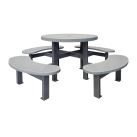
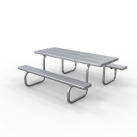

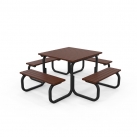
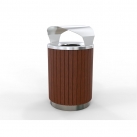
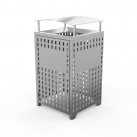

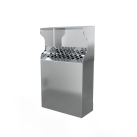
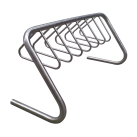
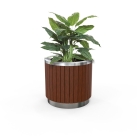
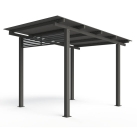
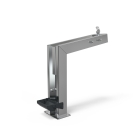
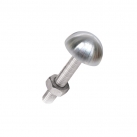
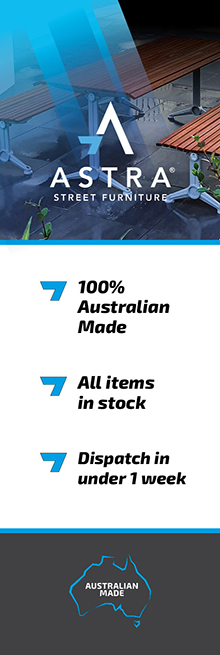
 Pedestrian Barriers
Pedestrian Barriers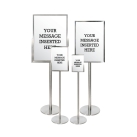
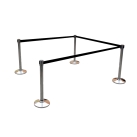

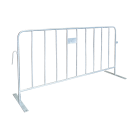

 Matting, Ramps & Tactiles
Matting, Ramps & Tactiles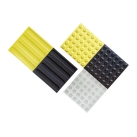
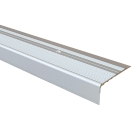
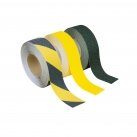
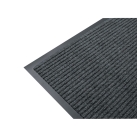
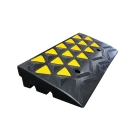
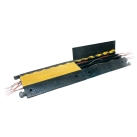
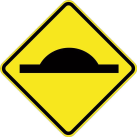 Signage & Safety
Signage & Safety 